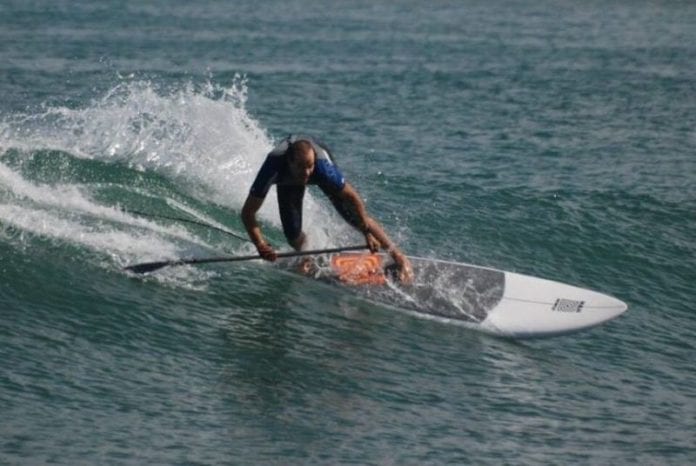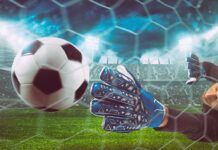People around the world look for different ways to have fun. Because of that, they usually get some sort of hobby that will fulfill their time with entertainment. Because of that, many people want to learn to SUP. Yet, they usually do not do that because they believe that paddleboarding is difficult.
The good news is that paddleboarding is relatively easy and you won’t need to be a genius to realize how to do it. Indeed, certain factors will make the entire process harder or easier. But, if the conditions are good and you invest some effort, learning to SUP won’t be a huge problem for you.
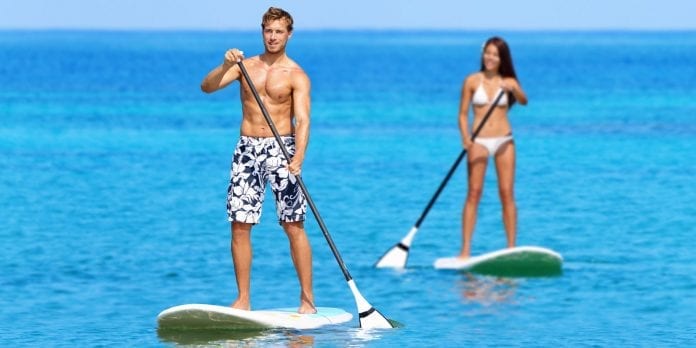
1. Things that can Make Stand Up Paddleboarding Tougher
Okay, it would be good to start the article negatively. As we previously said, certain factors might make the learning process a bit tougher. The most common factor that beginners complain about is wind. We recommend to beginners that they don’t start exercising when the wind is strong. Despite that, the quality of water also plays a huge role. That especially counts when we talk about choppy water.
In the end, you need to possess good equipment. In other words, getting a good quality flat water paddle board sup would be the first thing you should do. If you still don’t possess the item like that, we recommend you check out PaddleBoardSurf. There you can get some directions on which paddleboards sups will meet your requirements and expectations.
After we made things clearer, you deserve to get some additional suggestions. We are sure they will explain to you why it is easy to learn to sup on flat water.
2. First of All – Use Calm Flat Water
Becoming good at something is a process that lasts for a longer period. The same rule counts when we talk about paddleboarding. Every beginner in this world should ensure that water conditions are good. As we said, wind can be your enemy number one. Because of that, you should use the summer days when the temperatures are high. Despite that, the flat water you choose needs to be “clean”. We already explained that choppy water is difficult to balance on.
3. Once Again – Avoid the Wind

You might start thinking that we are obsessed with the wind. However, you mustn’t underestimate the influence of wind on your learning-process.
Beginners usually don’t understand that they act like a sail when they stand on a paddleboard. Logically, when the wind is present, keeping the balance becomes way more difficult.
There is one crucial thing that we want to share with you. Some people will you that wind is going to be quite helpful. However, the rule like that counts only if you are a professional. You will move fast and easily when the wind is to your back. We guarantee you will feel powerful because the wind will convince you that you learned how to sup. Yet, when you need to turn around and get back, your self-confidence will completely reduce. Keep in mind that even experienced paddlers struggle when they paddle into the wind. That doesn’t mean that you are less capable of others. Sooner or later, you will find the techniques to sup in that way.
4. Bigger Paddle Board Is Better for Beginners
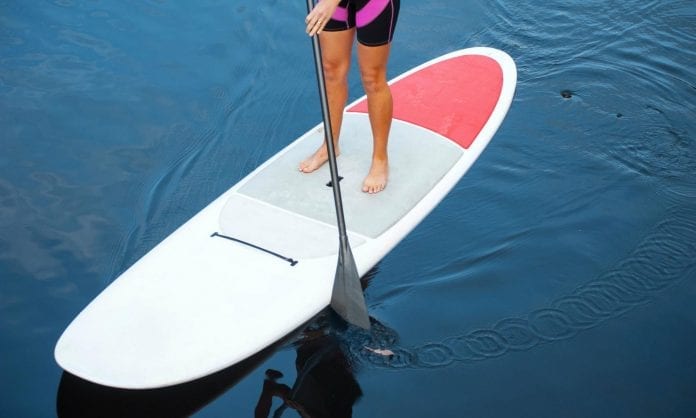
The type of paddleboard you plan to purchase is your decision. However, our goal is to give you some clear directions. Our recommendation is to pick the widest ones. They are more stable and they will ensure you a better balance. That especially counts if you are a “big person”. Trying to sup on flat water won’t be easy for you if you get a small paddleboard. Even the professional paddlers will lose balance because of that.
5. Relax!
Whichever things you do for the first time, you feel a bit scared. You probably remember that learning how to ride a bike was also a tough challenge. However, after a couple of tries, kids usually realize how easy it can be. The only thing you had to do is to relax and enjoy the ride.
Everything we just said counts for the first-time paddlers. We know that standing up on a paddleboard for the first time can be tricky. You don’t know exactly which things you need to do. However, don’t be afraid to fall because something like that will surely happen.
Not being calm and not keeping your knees soft will reduce the speed of your improvement. Each time when you see waves are approaching, bend your knees, and lower yourself. Thanks to that move, you will manage to lower your center of gravity. In that way, keeping the balance is going to be much easier.
In the end, we recommend you follow your instincts. Even if they were wrong and you make a wrong move, that is going to be a lesson you will remember forever.
6. Always Look Forward
Beginners usually keep their heads down. Logically, they do that because they are afraid not to fall. However, you need to keep your entire body in the right position.
First of all, your feet need to be shoulder-width apart. Keep in mind that carry handle on the deck is the most stable part of the board. Because of that, both feet should be slightly behind the board’s carry handle. In the end, you must keep them parallel and they should both face the nose of the board.
The position of your hands is also significant for successful paddleboarding. One of your hands should be on the top of the handle. When you place it there, the next one should be on the halfway down the shaft.
7. Safety Tips
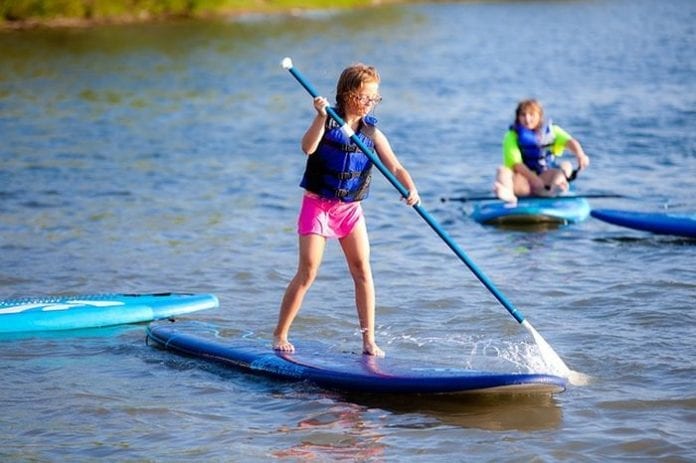
Even if you plan to sup on flat water, using the safety precautions should be your main priority. Because of that, it would be good to get some protection equipment before starting your “lessons”. Our recommendation is to primarily get a life jacket or PFD. Despite that, we recommend you wear an ankle leash. The item can connect you to your board.
In the end, each time when you start falling, try to fall away from the board. Falling on the board can bring you some damage while jumping into the water won’t be a big problem.
